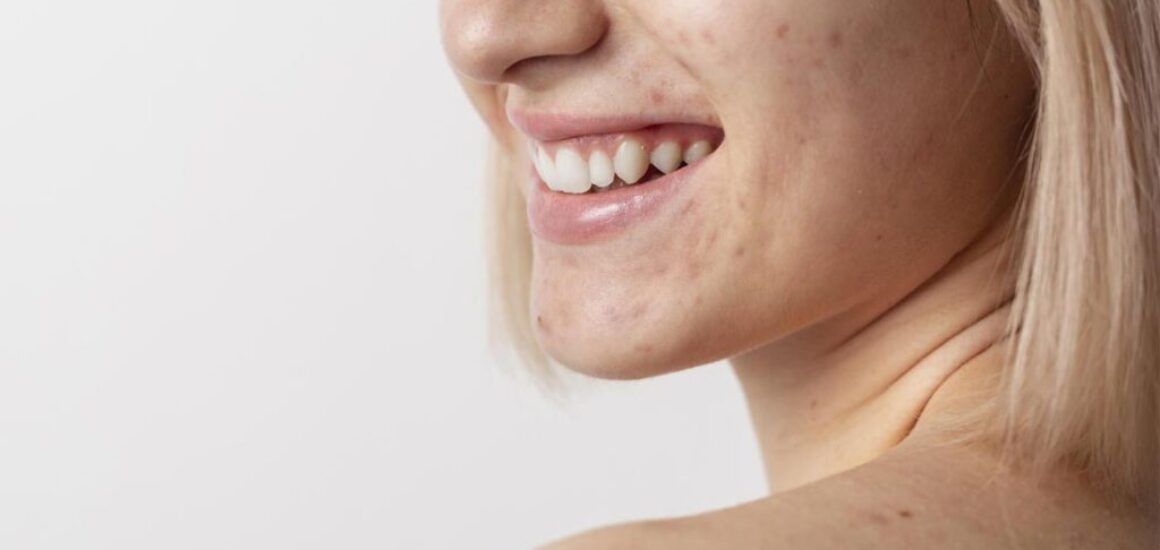Blog Skincare Tips acne scars scars skincare tips
How to reduce the appearance of scars
Thanks to the advancements in medical technology, scarring is no longer a permanent consequence of skin conditions like acne, psoriasis, eczema, or from cuts and scrapes. Many people today who have had scars can now get them treated so their skin can look flawless.
Here are four treatments that can help treat those pesky scars:
- OTC or Prescribed Creams – Salicylic acid and retinoids come to mind when talking about fading the appearance of scars on the face. Salicylic acid reduces swelling and redness in the area surrounding the scar, which in turn can minimize its appearance. Retinoids on the other hand can even out the skin tone around the scar to make it less visible, and can also reduce inflammation, as well as accelerate healing. Two other creams that can also achieve the same result are alpha hydroxy acids, or AHAs, and lactic acids. These peel off the outer layers of the skin, revealing younger and fresher cells.
- Chemical Peels – This type of scar-fading treatment is highly effective, with a 2017 study claiming that a majority of those who participated in chemical peel treatments saw an improvement of at least 70% in the appearance of scars. Your dermatologist will assess your skin type, as well as the scars you want treated, and will then recommend the right peel for you. The peel is chemical-based, usually a type of acid, and is done as in the office. It may take a few sessions for full results to be visible.
- Injections and Microneedling – Raised scars can be harder to treat, that’s why injections of corticosteroids at your dermatologist’s office may help. Just like chemical peels, injection treatment can take a few times (usually done every couple of weeks) for the full effects to show. Microneedling is a newer treatment option where growth factors, found in your own blood, are injected into the skin affected by scars in order to stimulate collagen growth. This treatment has been proven to also be highly effective, but comes with mild temporary side effects like redness, inflammation and some pain.
- Laser Treatments – Also known as laser resurfacing, this treatment is usually done at a dermatologist’s office. It removes the upper layer of the skin without the use of scrubs or chemicals, which reduces the appearance of scars. This type of treatment is not suitable for everyone because not all scars are the same. Those with sensitive skin should also consider other avenues of treatment as this one can cause a negative reaction.




